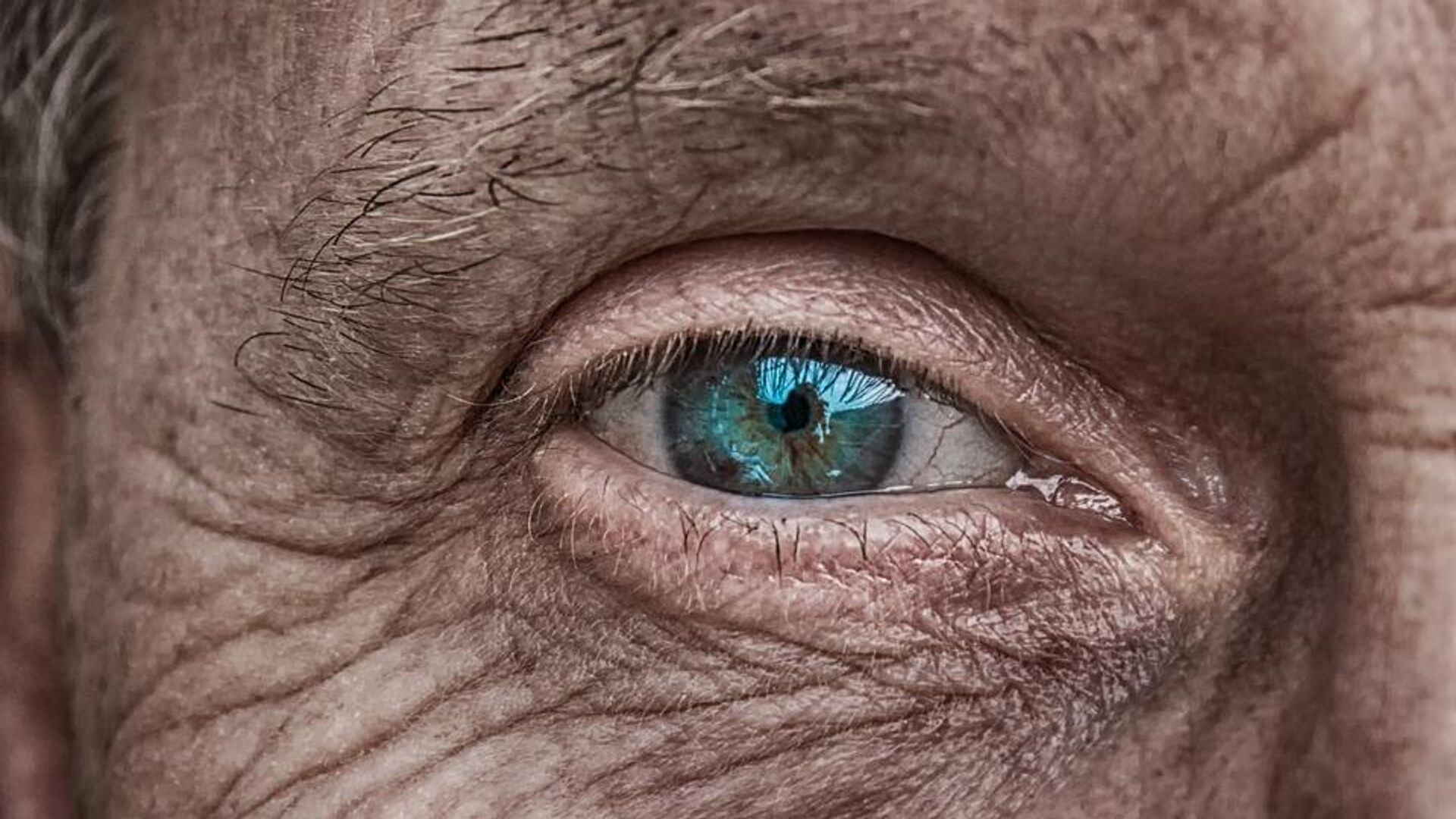https://sputnikglobe.com/20240425/former-neuralink-president-launches-eye-implants-for-the-blind--1118103477.html
Former Neuralink President Launches Eye Implants For The Blind
Former Neuralink President Launches Eye Implants For The Blind
Sputnik International
A start-up company in Alameda, California called Science has designed a visual prosthesis called the Science Eye that could restore vision in people with retinitis pigmentosa, according to a recent report.
2024-04-25T04:47+0000
2024-04-25T04:47+0000
2024-04-25T04:47+0000
beyond politics
science & tech
health
implant
elon musk
neuralink
eye surgery
eye operation
blind eye
blindness
https://cdn1.img.sputnikglobe.com/img/07e6/01/15/1092418392_0:66:960:606_1920x0_80_0_0_61d071977f9c873785390e92477556f1.jpg
A start-up company in Alameda, California called Science has designed a visual prosthesis called the Science Eye that could restore vision in people with retinitis pigmentosa, according to a recent report. Max Hodak is the company’s CEO and co-founder who helped create the company after his time as the president of Elon Musk’s controversial company Neuralink.“In diseases like RP and dry AMD, the light-sensitive cells in the back of the eye – the photoreceptors – have died, but the cells of the optic nerve itself remain. By inserting a gene into the cells of the optic nerve, we can make it possible to stimulate them using a small display inserted into the eye.”Hodak’s company is not the only one hoping to restore sight to those who suffer from the disease, though. The Paris-based biotech company GenSight Biologics and Bionic Sight in New York are also experimenting with optogenetics - a form of gene therapy that delivers proteins called opsins through an injection in to the eye to increase the sensitivity of the cells in the patient’s retina.The Science Eye is made up of two parts: the first is an implant composed of a wireless power coil and an ultrathin, flexible micro-LED array that is applied directly over the retina. During this procedure an implant is slid over the eye and the display is inserted through an incision. The implant is then secured and the display is laid over the retina. This surgery is far more invasive than other procedures like repairing cataracts.The second is a pair of frameless glasses that are similar in size and shape to typical prescription glasses which contain miniature infrared cameras and inductive power coils.The company explains that making the optic nerve sensitive to light won’t necessarily restore vision. The company explains: “the signal sent down the optic nerve is heavily compressed relative to the image that is formed onto the photoreceptors through the eye’s lens” and it is ”this compressed data the Science Eye implant stimulates into the optic nerve”.After the surgery, the eye isn’t receiving images, but is instead receiving digital information. Hodak explains that a person should be able to walk across the street “without being hit by a car”. Hodak adds that clinical trials for Science Eye should start sometime in the next 18 months. The blindness drug Luxturna has been available to patients for five years since it was approved by the Food and Drug Administration in 2017 and is used to treat those with a rare genetic mutation that impacts the retinal pigment epithelium. However, Hodak notes that “it may help slow the progression of the disease, but it does not regenerate any loss”. In January US billionaire and business owner Elon Musk announced his tech start up Neuralink had successfully inserted a chip into the brain of its first human test subject.Last year, the US Food and Drug Administration (FDA) gave Neuralink clearance to conduct its first trial to test its implants on humans after the company performed hundreds of tests on pigs, sheep and monkeys.The company has killed about 1,500 animals as a result. Neuralink then fell under a federal investigation for potential animal-welfare violations amid complaints that animal testing was being rushed, and that animals were needlessly suffering and dying as a result, according to a report from December of 2022.
https://sputnikglobe.com/20240130/musk-says-his-startup-neuralink-has-implanted-first-brain-chip-in-a-human-1116481067.html
Sputnik International
feedback@sputniknews.com
+74956456601
MIA „Rosiya Segodnya“
2024
Mary Manley
https://cdn1.img.sputnikglobe.com/img/07e6/01/0b/1092187887_0:0:2048:2049_100x100_80_0_0_0c2cc4c84f89aff034cc55bb01fb6697.jpg
Mary Manley
https://cdn1.img.sputnikglobe.com/img/07e6/01/0b/1092187887_0:0:2048:2049_100x100_80_0_0_0c2cc4c84f89aff034cc55bb01fb6697.jpg
News
en_EN
Sputnik International
feedback@sputniknews.com
+74956456601
MIA „Rosiya Segodnya“
Sputnik International
feedback@sputniknews.com
+74956456601
MIA „Rosiya Segodnya“
Mary Manley
https://cdn1.img.sputnikglobe.com/img/07e6/01/0b/1092187887_0:0:2048:2049_100x100_80_0_0_0c2cc4c84f89aff034cc55bb01fb6697.jpg
neuralink, science, medicine, eyesight, blindness, new eye, eye implant, science, the science eye, sight, health issues, new vision, technological breakthrough, new technology, improve life, health problem
neuralink, science, medicine, eyesight, blindness, new eye, eye implant, science, the science eye, sight, health issues, new vision, technological breakthrough, new technology, improve life, health problem
Former Neuralink President Launches Eye Implants For The Blind
According to the National Eye Institute (NIH), retinitis pigmentosa is a group of rare eye diseases that affect sight by making cells in the retina break down slowly over time, eventually leading to vision loss. It is something that people are born with, and symptoms usually start in childhood.
A start-up company in Alameda, California called
Science has designed a visual prosthesis called the Science Eye that could restore vision in people with retinitis pigmentosa, according to a recent
report. Max Hodak is the company’s CEO and co-founder who helped create the company after his time as the president of Elon Musk’s controversial company Neuralink.
“The Science Eye [is] a visual prosthesis targeted at retinitis pigmentosa (RP) and dry age-related macular degeneration (AMD), two forms of serious blindness presently without good options for patients,” the company wrote on its website, adding that the device won’t work for those with glaucoma or cataracts.
“In diseases like RP and dry AMD, the light-sensitive cells in the back of the eye – the photoreceptors – have died, but the cells of the optic nerve itself remain. By inserting a gene into the cells of the optic nerve, we can make it possible to stimulate them using a small display inserted into the eye.”
Hodak’s company is not the only one hoping to restore sight to those who suffer from the disease, though. The Paris-based biotech company GenSight Biologics and Bionic Sight in New York are also experimenting with optogenetics - a form of gene therapy that delivers proteins called opsins through an injection in to the eye to increase the sensitivity of the cells in the patient’s retina.
The Science Eye is made up of two parts: the first is an implant composed of a wireless power coil and an ultrathin, flexible micro-LED array that is applied directly over the retina. During this procedure an implant is slid over the eye and the display is inserted through an incision. The implant is then secured and the display is laid over the retina. This surgery is far more invasive than other procedures like repairing cataracts.
The second is a pair of frameless glasses that are similar in size and shape to typical prescription glasses which contain miniature infrared cameras and inductive power coils.
“The Science Eye is a combination device that uses an optogenetic gene therapy targeted at the cells of the optic nerve (the retinal ganglion cells) in conjunction with an implanted flexible thin-film, ultra dense micro LED display panel inserted directly over the retina,” the company writes.
The company explains that making the optic nerve sensitive to light won’t necessarily restore vision. The company explains: “the signal sent down the optic nerve is heavily compressed relative to the image that is formed onto the photoreceptors through the eye’s lens” and it is ”this compressed data the Science Eye implant stimulates into the optic nerve”.
After the surgery, the eye isn’t receiving images, but is instead receiving digital information. Hodak explains that a person should be able to walk across the street “without being hit by a car”. Hodak adds that clinical trials for Science Eye should start sometime in the next 18 months.
The blindness drug Luxturna has been available to patients for five years since it was approved by the Food and Drug Administration in 2017 and is used to treat those with a rare genetic mutation that impacts the retinal pigment epithelium. However, Hodak notes that “it may help slow the progression of the disease, but it does not regenerate any loss”.
In January US billionaire and business owner Elon Musk announced his tech start up Neuralink had successfully inserted a chip into the brain of its first human test subject.
Last year, the US Food and Drug Administration (FDA) gave Neuralink clearance to conduct its first trial to test its implants on humans after the company performed hundreds of tests on pigs, sheep and monkeys.
The company has killed about 1,500 animals as a result. Neuralink then fell under a federal investigation for potential animal-welfare violations amid complaints that animal testing was being rushed, and that animals were needlessly suffering and dying as a result, according to a report from December of 2022.







